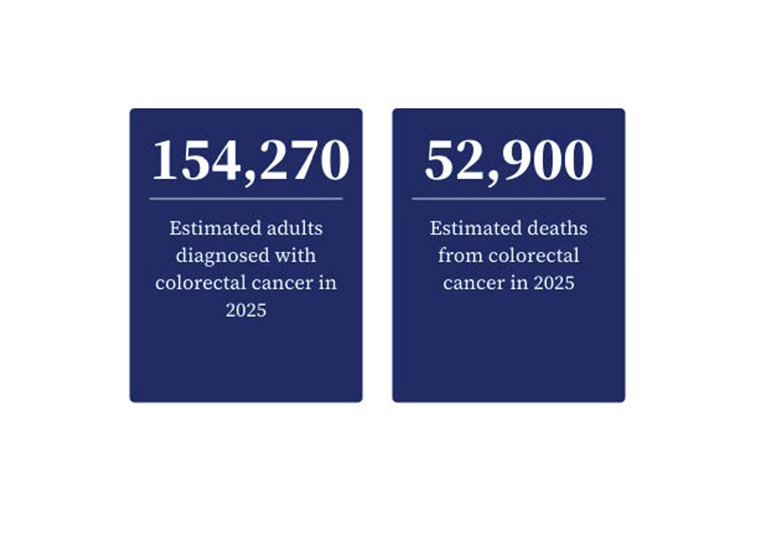In LA, doctors who lose a patient to opioid overdose get a letter from the coroner; tweaking that letter had a substantial impact
The opioid crisis that has claimed more than 600,000 lives in the United States and Canada — and is projected to cause another 1.2 million overdose deaths by the end of this decade absent aggressive intervention — is a tragedy with multiple actors. A rogue pharmaceutical company unchecked by federal regulation for years, a robust illegal market for synthetic opioids, and to a lesser extent, over-prescription of the highly addictive class of drugs used to treat pain.
Below is a map outlining the opioid dispensing rates in each state for 2022.
Results from a randomized trial published in Nature Communications advances a promising low-tech intervention that seems to encourage doctors to reduce their reliance on opioids when treating patients: letters that utilize the behavioral science tool of planning prompts.
To the Letter
In earlier research, physicians and other medical providers who had prescribed an opioid to a patient who subsequently died of an opioid overdose received a letter notifying them of the death and urging them to reduce their reliance on these addictive drugs when treating current patients. That study found that the level of dispensed opioids dropped by 10%, fewer new patients were prescribed opioids, and there was a decrease in high-dose prescriptions.
University of Southern California’s Jason N. Doctor, Tara Knight and Emily P. Stewart, in collaboration with Edwards Lifesciences’ Marcella A. Kelly, UCLA Anderson’s Noah J. Goldstein and the Los Angeles County Medical Examiner-Coroner’s Jonathan Lucas, offer evidence that strategically tweaking the official letter from the coroner’s office may help encourage physicians to be even more parsimonious writing opioid prescriptions.
Practical Advice
A randomized trial studied the prescribing patterns of 510 clinicians in Los Angeles County who wrote at least one prescription to the 219 people the coroner’s office deemed to have died of an opioid-related overdose between late October 2018 and late May 2020.
Nationally, opioids are involved in more than 75% of all overdose deaths, and data from the Centers for Disease Control and Prevention reported that nearly 1 in 4 opioid overdose deaths in 2021 were tied to prescription opioids. Harder to quantify are instances in which a user goes off the prescription opioids, voluntarily or not, and then turns to street medicines as a replacement. Nonprescription fentanyl, cheap and all too abundant, accounts for the majority of opioid deaths.
It is standard practice in Los Angeles that all prescribers receive an official letter from the medical examiner/coroner’s office notifying them of an opioid-related death. In California it is also mandatory that prescribers report potent controlled substance prescriptions to a government database. Clinicians can also use this Controlled Substance Utilization Review and Evaluation System, or CURES, database to check a patient’s prescription history for higher-risk drugs. (Schedule II and higher.)
In this study, the standard letter included six bullet-point recommendations/reminders on best practices when using or considering the use of opioids to treat patients. Among the guidance: avoiding opioids as a “front-line routine, or lone therapy for chronic or noncancer pain,” and safely tapering dosage levels for current patients to be in line with CDC recommendations.
The tweaked letter sent to roughly half of those prescribers also included one extra paragraph with concrete planning advice — sometimes referred to as planning prompts — delivered in a supportive (not threatening or hectoring) voice:
When your next patient presents with pain, keep the above 6 recommendations close at hand to assist with their safe care. Also, be comfortable voicing your concern about prescribing safety with them so that they are also aware of the dangers associated with scheduled drugs. We also encourage you to routinely log into CURES and learn more about the prescriptions your patient received leading up to the death.
A Change in Clinician Behavior
The researchers then tracked the opioid prescriptions written by all the clinicians.
- Both the control group who received the standard letter, and those given the extra planning prompt decreased their reliance on opioids in treating patients. That one extra paragraph seems to have been especially effective. Clinicians who received that additional paragraph of planning advice for future patients reduced their level of weekly opioid usage by an average of nearly 13% more than the prescribers who received the standard letter missing that nudge paragraph.
- Among the smaller subset of prescribers who received more than one letter — they had more than one patient death related to opioid abuse — that paragraph was even more impactful, correlating to a 31.4% decrease in opioid usage compared with clinicians with multiple patient deaths who received the standard letter.
- Moreover, patients of the prescribers who received the letter with the hands-on advice for how to navigate this consequential decision had a “significantly” lower probability of being prescribed a high dosage, compared with patients of prescribers who received the standard letter.
- The researchers also found that the extra paragraph seems to have had a positive spillover effect on the prescription of benzodiazepine drugs (ex: Valium, Xanax, Ativan, Klonopin) that when combined with opioids can be highly addictive. Usage of this class of drugs was 8.3% lower for the prescribers in this study who received the extra paragraph of actionable advice compared with the clinicians who received the standard letter.
This study complements prior research Goldstein collaborated on that reduced inappropriate primary care prescriptions of antibiotics with a series of simple suggestions. The nudges included an email notification that informed a prescriber how they performed relative to “top performing” physicians who were the least likely to have inappropriately prescribed antibiotics.
But the supportive, helpful vibe of the extra paragraph in the opioid-prescribing study may be central to its success. Prior research that UCLA Anderson’s Joseph Reiff, Craig Fox, and Hengchen Dai collaborated on found that simply delivering job-performance rankings to (overworked) primary care physicians backfired, as those subjected to peer pressure reported lower job satisfaction and higher burnout. But interestingly, when the peer performance was delivered along with supportive advice/leadership, the feedback did not demotivate.
The encouraging outcome of this opioid dispensing study comes with a few caveats that could temper its broader applicability. It was by design targeted only toward those doctors with the worst outcomes (patient overdose death). Left for future research is whether it might be effective for doctors with patients struggling with addiction or abuse, who might also benefit from the supportive planning prompt on how to manage patient pain.
The ease and low cost of this behavioral nudge makes it an intriguing weapon against abuse in regions where opioid prescriptions remain high.
Featured Faculty
-
Noah J. Goldstein
Bing (’86) and Alice Liu Yang Endowed Term Chair in Teaching Excellence; Professor of Management and Organizations; Faculty Advisor, Equity, Diversity and Inclusion
About the Research
Doctor, J.N., Kelley, M.A., Goldstein, N.J, Lucas, J., Knight, T., & Stewart, E.P. (2024). A randomized trial looking at planning prompts to reduce opioid prescribing. Nature Communications, 15(1), 263.






